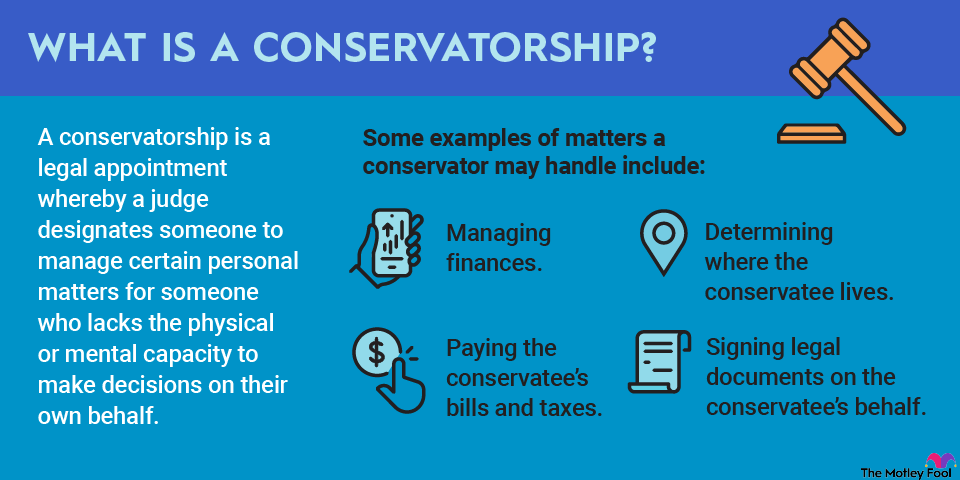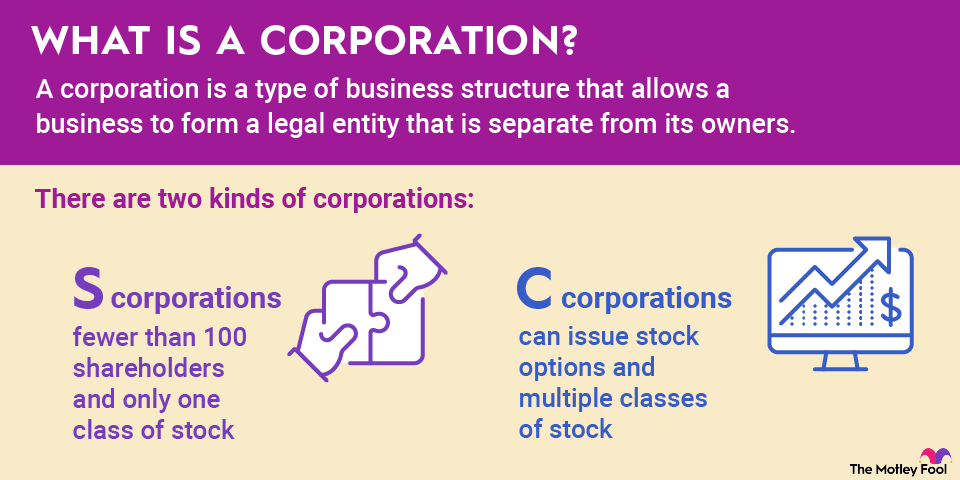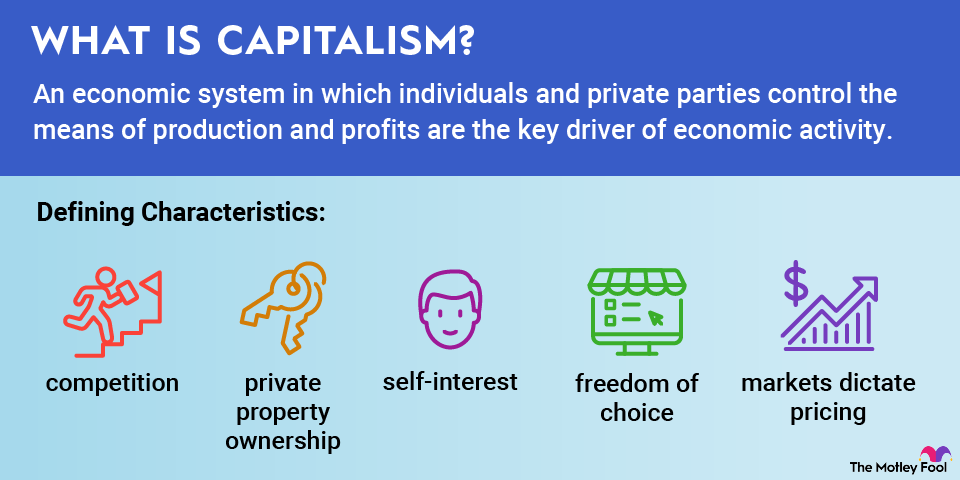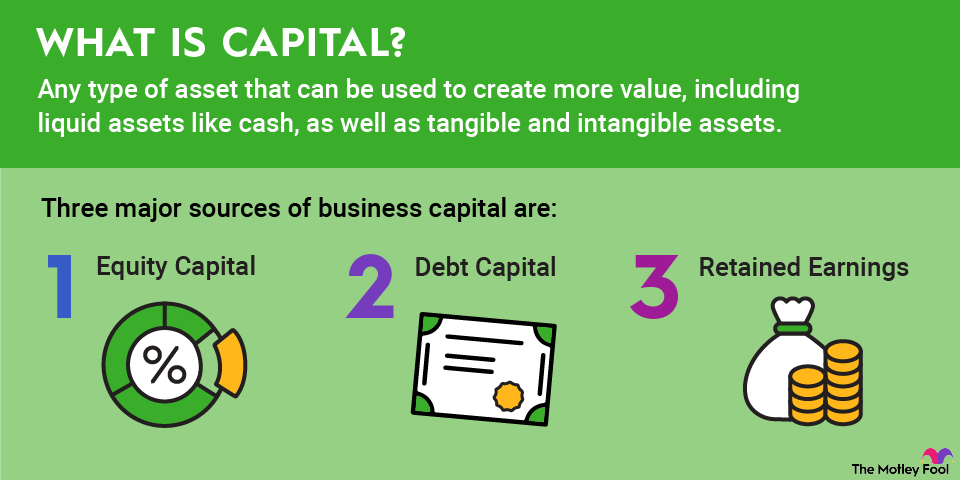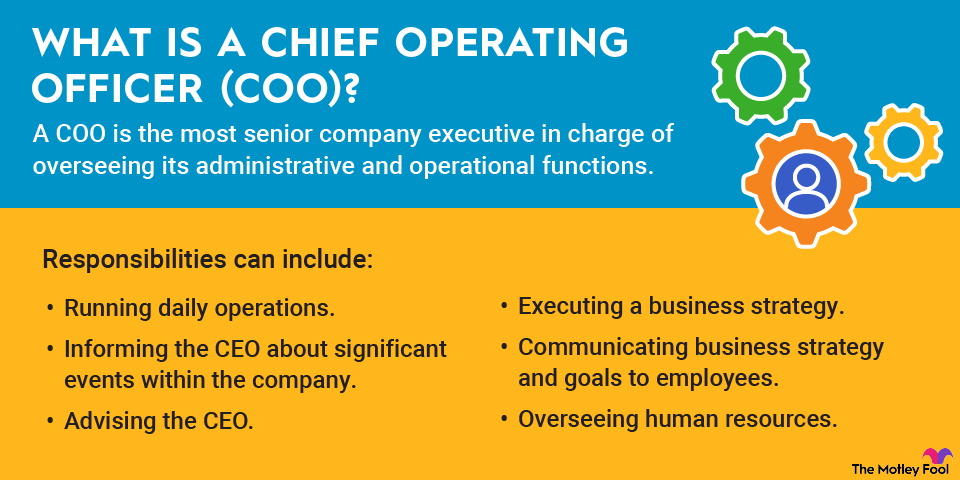Virtually every business needs to make capital investments. Some need land; others require machinery. Even virtual companies that only do online business make a capital investment when they buy computers. We'll explain capital investments in this article, including their uses, their importance, and the types of businesses that rely most heavily on capital investments.

What is capital investment?
A capital investment is money that's spent or borrowed to acquire an asset for long-term use that's required to do business. Capital assets can range from a piece of equipment that's necessary to operate a business to thousands of acres of land required for a farm or other production facility. Even assets that aren't typically considered tangible items, such as intellectual property (IP), can be considered capital investments.
Capital investments can be used to provide the assets that a business needs for profitable operations, but they can also be used to expand a business by increasing production, creating new products, or simply adding value to existing products.
Businesses often make capital investments to replace obsolete equipment or become more efficient. Typically, the investments are made in long-term assets, and their value is determined by calculating the net present value of after-tax cash flows for the potential investment.
Importance of capital investment
Capital investments can be used to gauge the overall health of the economy, as well as the potential profitability of a company. When the economy is in good shape, capital investment spending tends to be higher since new businesses are created and often expand to meet increased consumer demand. During recessions, companies often cut back on capital spending because of uncertainty over the future of the economy.
Because capital investment is such an integral part of economic performance, federal agencies keep close tabs on it. The Federal Reserve Board, for example, tracks investment with 36 asset categories:
- 30 for equipment.
- Five for buildings.
- One for software.
The Bureau of Labor Statistics tracks capital services -- benefits from the deployment of capital investments -- to measure productivity, another key economic barometer. The Energy Information Administration keeps an eye on quarterly capital spending by 40 publicly traded U.S. oil exploration and production companies.
Related investing topics
Capital investment-heavy businesses
Although there's been a great deal of emphasis placed on the knowledge economy and service work, many key industries still rely heavily on capital investments to provide vital goods and services. Industries such as agriculture, construction, transportation, and manufacturing are examples of capital-intensive industries that would be either orders of magnitude smaller or not exist at all without capital investment.
The energy industry, which accounts for almost 5% of the U.S. gross domestic product (GDP), is a major part of the economy that relies heavily on capital investment to maintain profitability. Solar panels, wind turbines, power transmission lines, and batteries all rely on capital investments to provide energy to customers.
Few energy industry segments, however, are as reliant on capital investment as the oil and gas industry. To find oil, companies must invest in cutting-edge equipment, such as seismic monitors, to help them understand the potential for oil and gas fields. More capital must be spent to lease land or buy it outright. Once the land rights are obtained, expensive equipment like drilling rigs must be bought; infrastructure such as roads developed; and transportation modes determined, whether involving trucks, cargo ships, or pipelines to move the oil and gas to a midpoint for refining or further distribution.
Investors shouldn't just appreciate the importance of capital investments to a business; they need to incorporate it as part of their basic research into an investment opportunity. Often, companies will slow capital investment due to doubts about the economy or issues within a given segment of the economy. Investors, however, should make sure that such slowdowns are the result of larger economic forces and not a sign that a company is forgoing long-term investment plans so its financial statements can look better in the short term.
